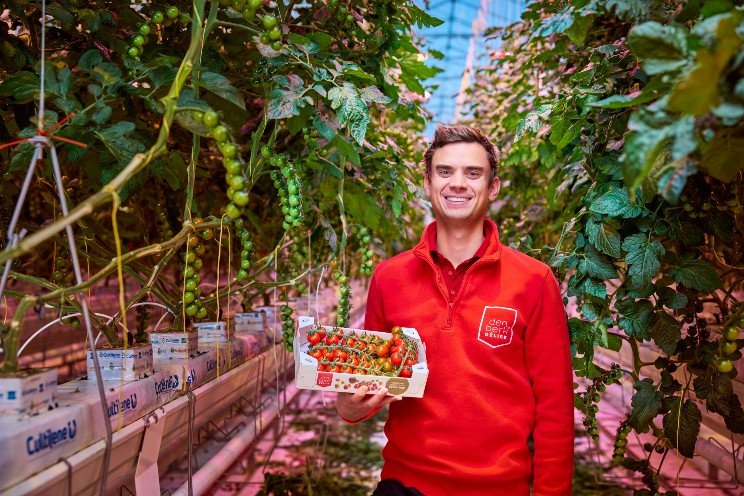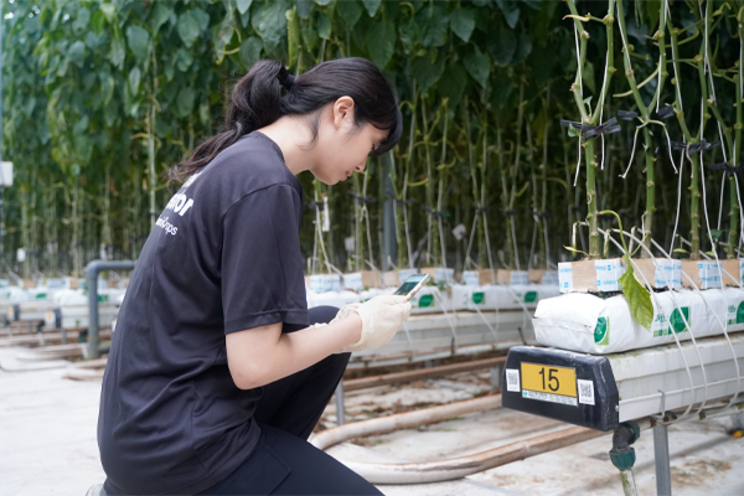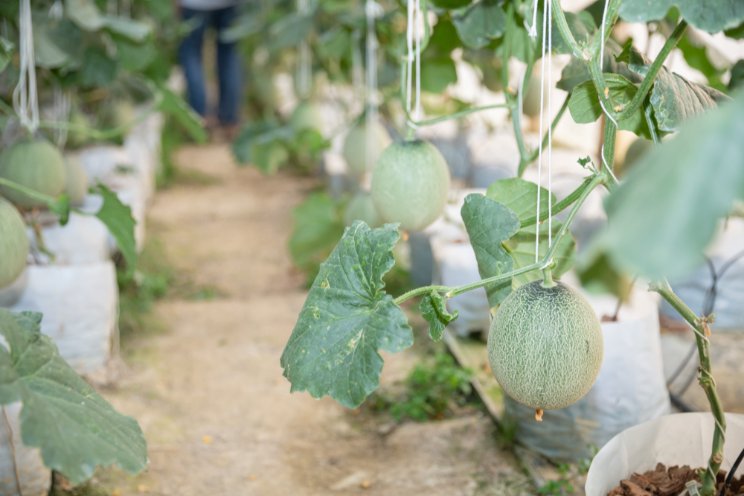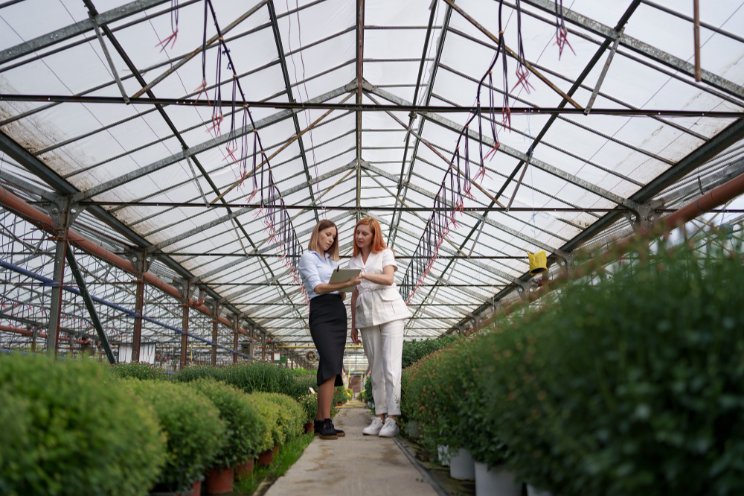Looking for additional controlled environment food crops?
Added on 21 October 2021

Lettuce, tomatoes and cucumbers are the crops most commonly produced by controlled environment vegetable growers. Other crops that are grown successfully in controlled environment production systems include a variety of leafy greens and herbs. Many CEA growers are looking to expand the product mix they offer their customers and to differentiate themselves from other growers.
One crop that is gaining the attention of controlled environment growers as well as field growers is Asian vegetables. In 2016, researchers at Rutgers University, University of Florida, University of Massachusetts and Penn State University conducted a study of the popularity and feasibility of Asian vegetables among the Asian-American population in New Jersey, Florida, Massachusetts and Pennsylvania. Based on their findings the researchers concluded Asians buy up to three times as many vegetables as white Americans. In addition to determining the Asian population's vegetable buying habits, the researchers also identified favorite Asian vegetable choices. The researchers used those choices to test 28 cultivars at university plots in New Jersey, Florida and Massachusetts in order to assist growers in focusing on the best crops for their markets.
Preliminary trials with Asian leafy vegetables, including pak choy, mustard green and mizuna, have shown they are good candidates for controlled environment hydroponic production.
Expanding customer base
The Pew Research Center, based on U.S. Census Bureau population estimates, reported the Asian population between 2000 and 2019 grew 81 percent during this time span. The population increased from roughly 10.5 million to a record 18.9 million people.
The 2020 United States Census reported approximately 19.9 million people identified as Asian alone in 2020. Including the 4.1 million respondents who identified as Asian in combination with another race, Asian-Americans comprised 24 million people (7.2 percent of the total population). Asians are expected to make up about 40 million of the U.S. population by 2030.
While the focus of the 2016 university study mentioned above focused on Asian vegetables and Asian-American consumers, the researchers also looked at the availability, prices and sales value of these vegetables at Asian grocery stores, farmers' markets and chain supermarkets. The researchers found other ethnic groups such as white Americans and Latin Americans also purchase and consume a wide assortment of Asian vegetables.
Producing Asian vegetables in Texas
Genhua Niu, professor of urban horticulture at Texas A&M AgriLife Research in Dallas, Texas, is looking at the potential of growing Asian vegetables in both greenhouses and vertical farms. She started her research on Asian vegetables in 2017 when she was working at Texas A&M AgriLife Research in El Paso, TX. In 2018 and 2019 Niu and her colleagues conducted Asian vegetables trials in multiple production systems, including open field, in high tunnels and in greenhouses. The trials were conducted at AgriLife facilities in El Paso, Overton, Uvalde and Weslaco.
The trials included fall and spring plantings to test cool-season varieties of bok choy, tatsoi and Chinese celery, and warm-season varieties of Asian eggplant and yardlong bean.
"The demand for Asian vegetables is increasing due to changing demographics and consumer awareness," Niu said. "Asian vegetables have been profitable crops in other states, but farmers in Texas aren't familiar with how to grow them and whether they can be profitable."
A variety of leafy greens, including spinach, were grown during the summer in Dallas, Texas, using cooled (75şF) root zone water. Spinach cannot be grown in Texas during the summer without proper cooling.
Niu said Texas has the third largest Asian population in the United States behind California and New York-New Jersey. Asian vegetables have been shown to be one of the most profitable crops for producers on the East Coast based on market prices.
"These crops are economically viable," she said. "Asian leafy vegetables have shorter production cycles and high demand. Many researchers and growers are working on and growing lettuce. We wanted to expand the trials, but included lettuce, tomatoes and cucumbers in our studies. I go to Asian grocery stores all the time and there are always the same Asian vegetable varieties available. Asian retailers and consumers are not happy because the price of these crops is high and variety is limited. This is why there is such a high interest in locally-grown crops. There is an opportunity to increase the number of different Asian crops as well as the varieties."
Read more on Urban Ag News.
Photo created by DCStudio - freepik
Source: Urban Ag News
More news















